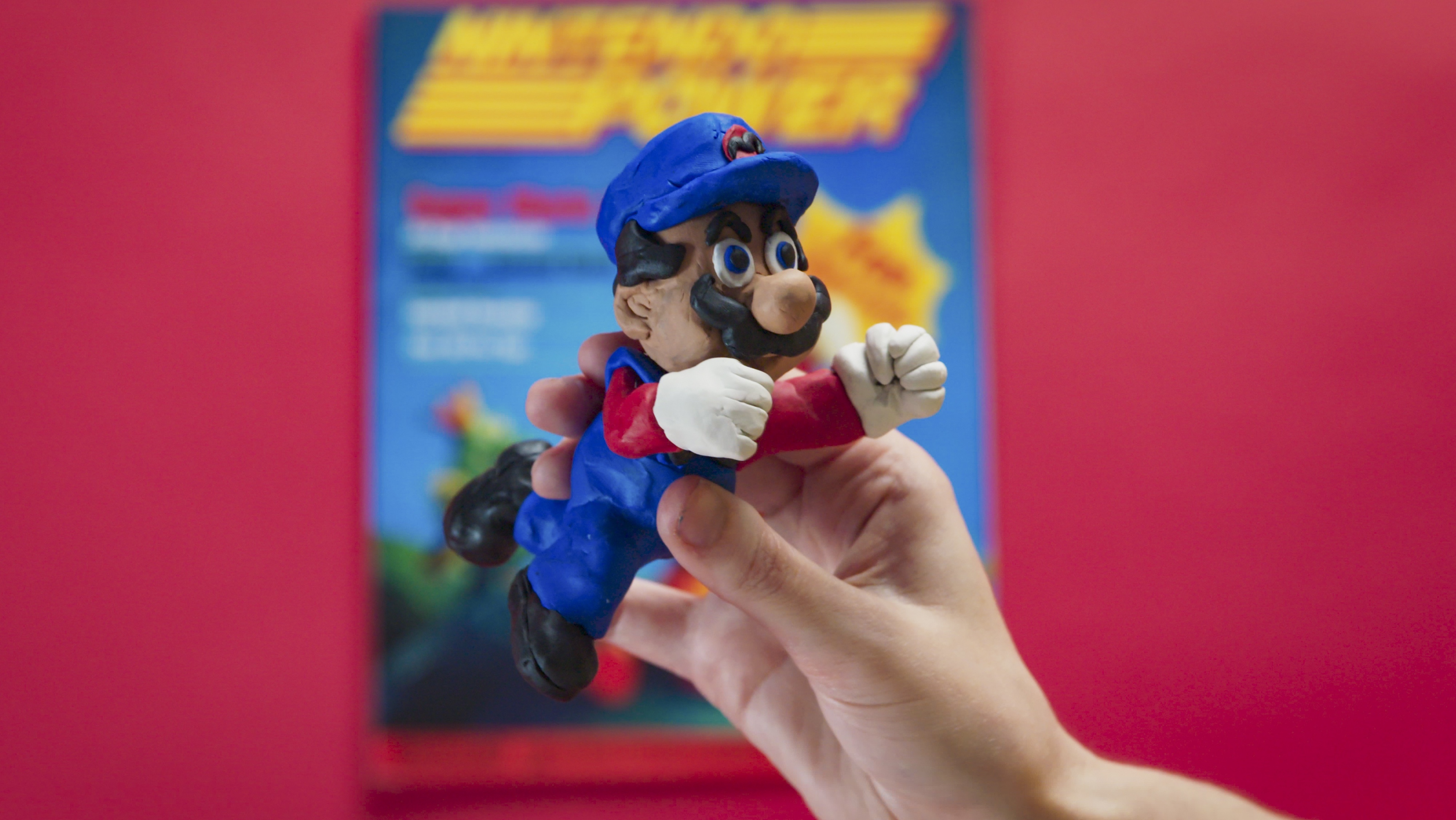Netflix’s High Score is not the gaming documentary you want
High Score only scratches the surface of gaming's history

Every niche subculture has its own language, rituals, and history that mere outsiders will never understand. I expected High Score to pierce that bubble of its subject, video games, but instead it’s content to leave the viewer on the outside looking in.
France Costrel’s diffuse, disjointed Netflix docuseries spans more than four hours across six episodes, but offers nothing new to those familiar with the subject matter and too little information to educate anyone else. That makes it ultimately as pointless as most games of the original Defender.
- The best Netflix shows to watch now
- What to watch this weekend on Netflix, Disney Plus and more
- Use a gaming VPN to eliminate throttling and lag
It’s not that it contains no good information. The first episode alone spotlights Tomohiro Nishikado, who fused his interest for sea creatures and magic tricks into Space Invaders; Toru Iwatani, the mastermind behind everyone’s favorite pizza-inspired yellow dot gobbler, Pac-Man; MIT dropouts Doug Macrae, Steve Golson, and Mike Horowitz, who parlayed their Missile Command–transforming “enhancement kit” into a new career and the legendary Ms. Pac-Man; Jerry Lawson, developer of the first game cartridge, for the failed Fairchild Channel F console; and Howard Scott Warshaw, whose chance of a lifetime to adapt a major Hollywood release turned into the Atari 2600 bomb that imperiled the entire industry: E.T. the Extra-Terrestrial.
Video games of the late 1970s and early 1980s extended far beyond just these subjects, however, and 1983’s great video game crash was precipitated by more than merely E.T. Later episodes are similarly scattershot: The second and fourth consider respectively Nintendo and Sega, but between them deal with barely three major games (Donkey Kong, Sonic the Hedgehog, John Madden Football) and a few bland subsidiary topics that don’t capture the scope of the console wars; and though the fifth touches on Street Fighter II and Mortal Kombat, it draws more energy from tracking the moral crusade against them (and the pulp horror game Night Trap) that led to the establishment of the Entertainment Software Ratings Board.
- The best Netflix VPN will get even more out of your subscription
Dropped frames
I was particularly perplexed by the computer game coverage in episodes three and six. The former suggests that Richard Garriott’s Akalabeth and Ultima IV, Ken and Roberta Williams’s Mystery House, Yoshitaka Armano’s art for Final Fantasy, and Ryan Best’s GayBlade were the decade’s only noteworthy contributions. According to the latter, computer games had primitive animation until the 1990s, and no 3D at all prior to Doom and Star Fox for the SNES. (Even if you want to ignore, you know, Akalabeth and Ultima IV, Wolfenstein 3D and Garriott’s own Ultima Underworld predated Doom by more than 18 months.)
Anyone with even a minimum of experience knows claims and insinuations like these and others (early Electronic Arts cared only about sports games?) aren’t true, and such spurious attention to detail spells disaster for a documentary. But when there’s so little substance to begin with, as with High Score, the impact is even greater.
Costrel’s attempts to distill a sprawling industry into its personal elements are admirable, and her intimate individual interviews are shot and edited to let the subjects’ personalities burst through. But because their stories never amount to a complete history, and often seem divorced from a broader narrative, all they do is expose holes Costrel has no interest in filling. Take Rebecca Heineman, whose illustrious game-design career is all but ignored in favor of her gender identity and her winning the first national Space Invaders championship. Or Best, whose Pat Buchanan–skewering, LGBT-friendly game made no real splash, but still earned him huge amounts of screen time here. Contrastingly, why does Shigeru Miyamoto merit only drive-by mentions in two other people’s interviews, when his towering franchises Super Mario Bros. and The Legend of Zelda could easily consume an hour themselves?
Sign up to get the BEST of Tom's Guide direct to your inbox.
Get instant access to breaking news, the hottest reviews, great deals and helpful tips.
Out of quarters
One wonders whether the series could have been more comprehensive had it been less overproduced. Okay, the animated titles and music are fun, and some gravitas is imparted by the narration of Charles Martinet—for 30 years, the voice of Mario characters. But do we need the myriad faux-pixelated cartoon interludes? Time-sucking scenes of designers capturing rings or breathing fireballs? Or (shudder) Shaun Bloom’s cringeworthy recreation of Game Play Counselor instructional videos?
Whether Costrel didn’t perceive this material as inherently entertaining, or just had trouble bringing a coherent artistic vision to the screen, the final product plays as a haphazard, stitched-together survey course, with malformed ideas of what’s important and why. Alas, this is what happens when you observe others’ obsessions without genuinely understanding them. This series is the kid in the arcade who put his quarters up on the machine’s rim in hopes of getting the next game, not knowing that the person at the joystick is a secret grandmaster. He has to wait forever for his video game satisfaction. And so, with High Score, do we.
Matthew Murray is the head of testing for Future, coordinating and conducting product testing at Tom’s Guide and other Future publications. He has previously covered technology and performance arts for multiple publications, edited numerous books, and worked as a theatre critic for more than 16 years.

